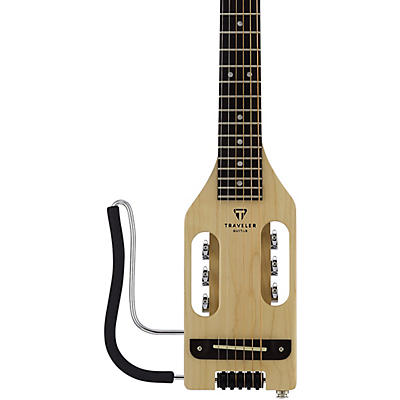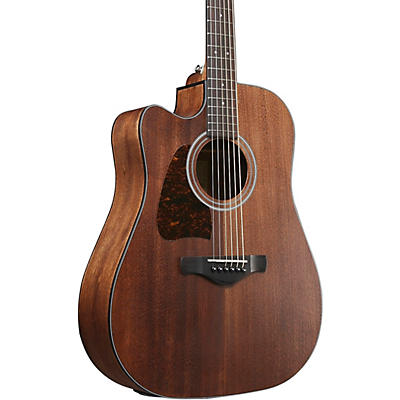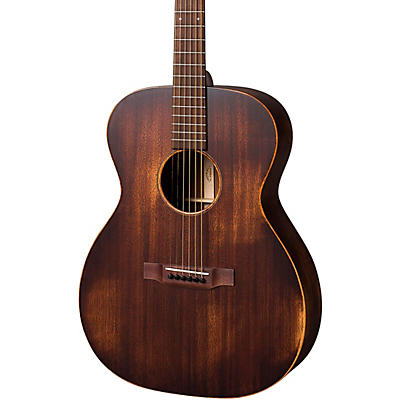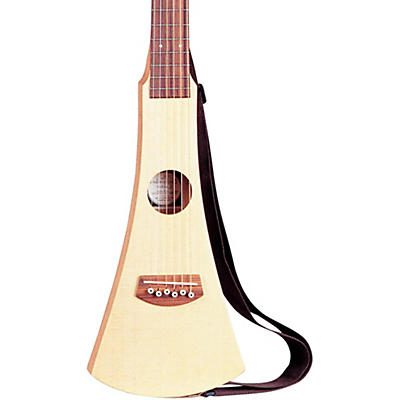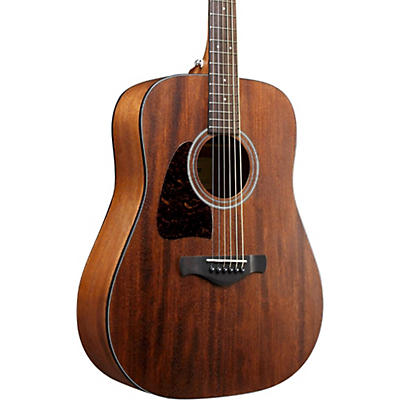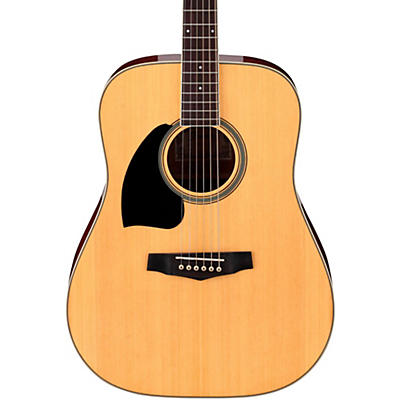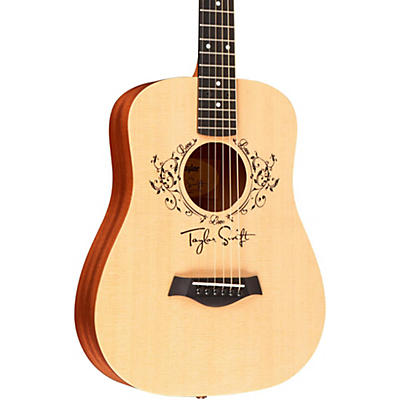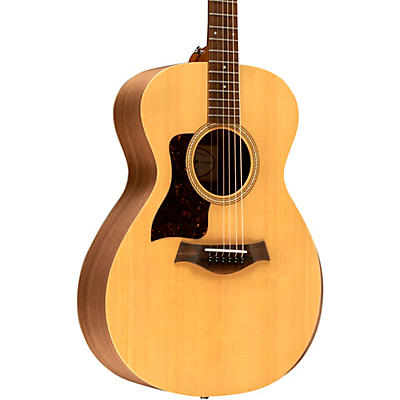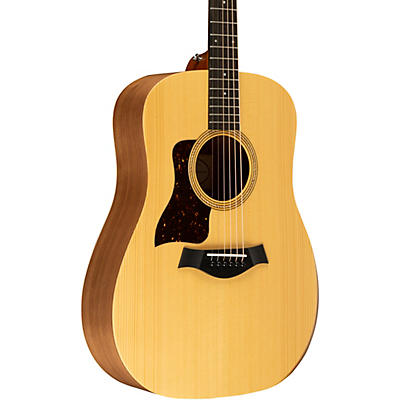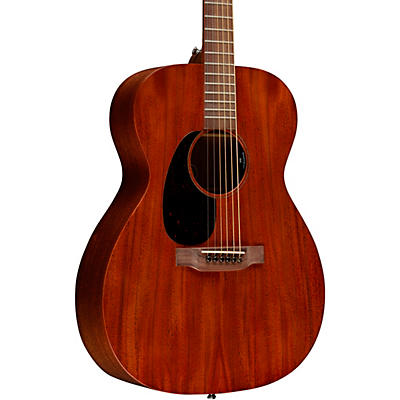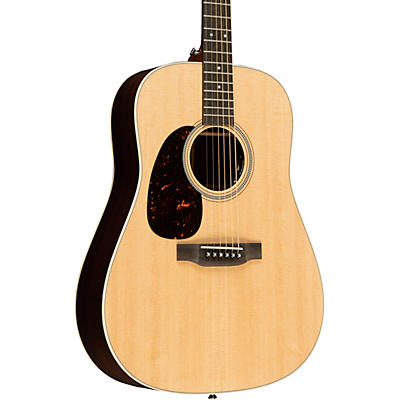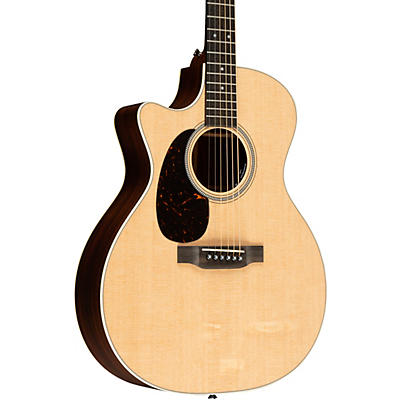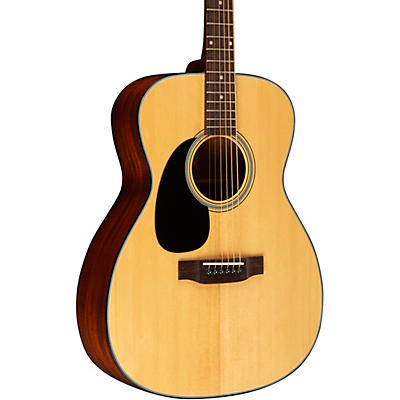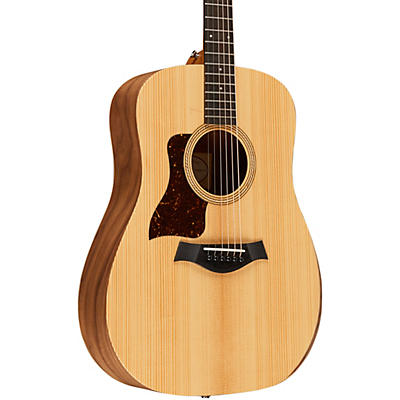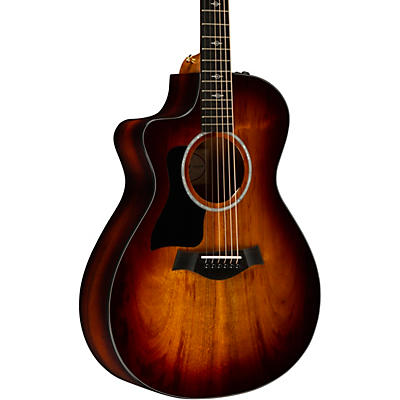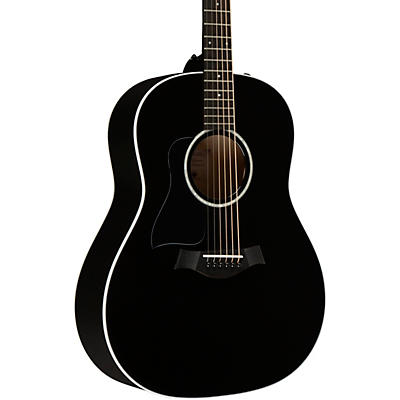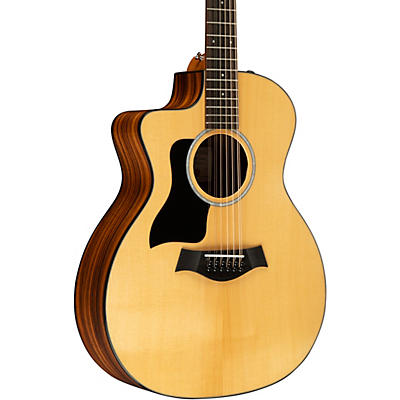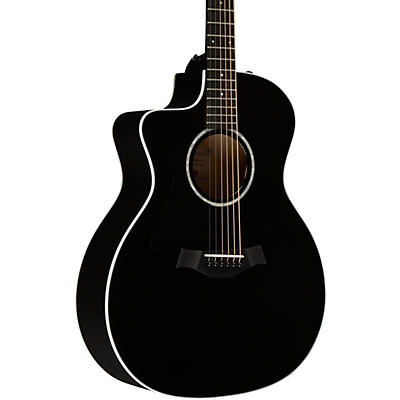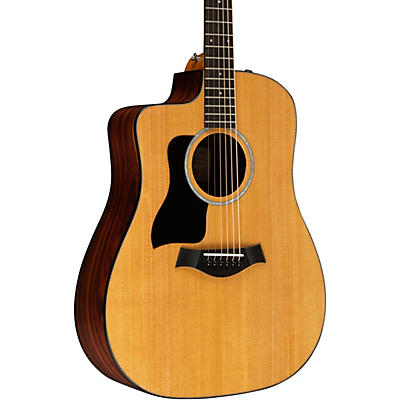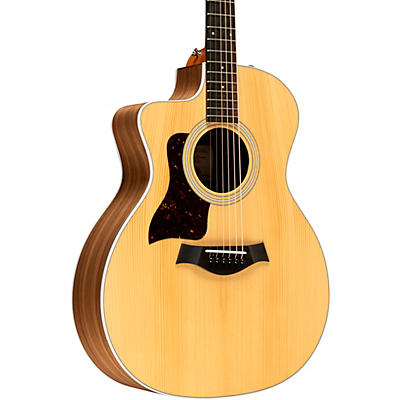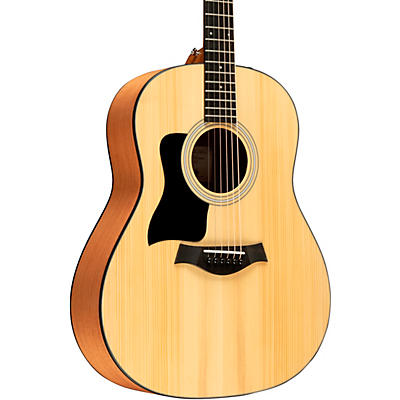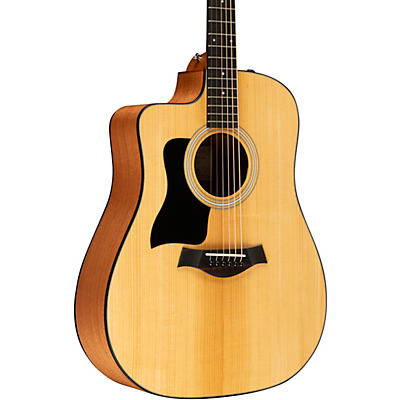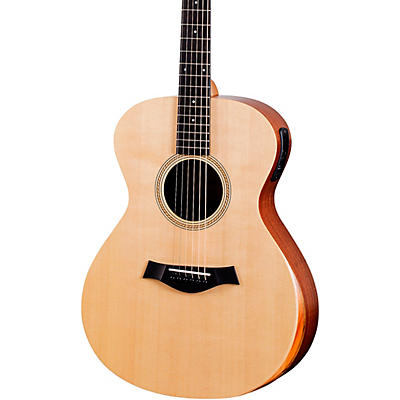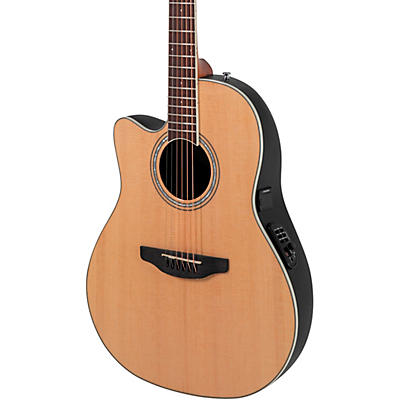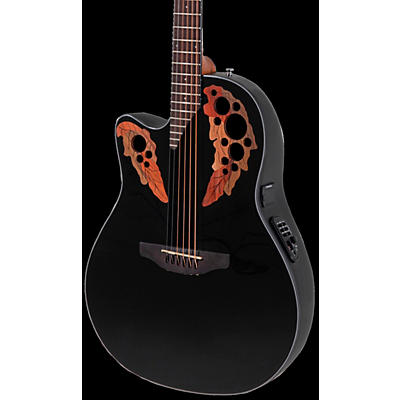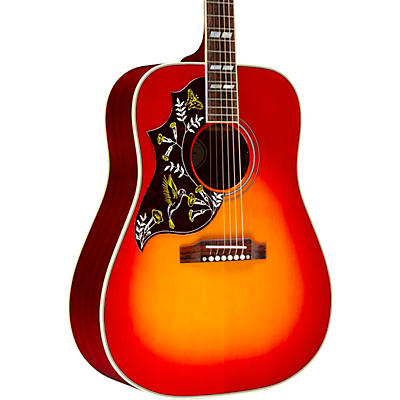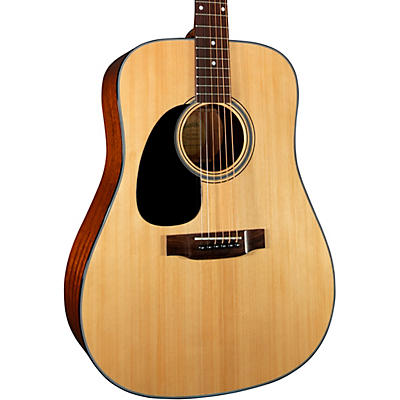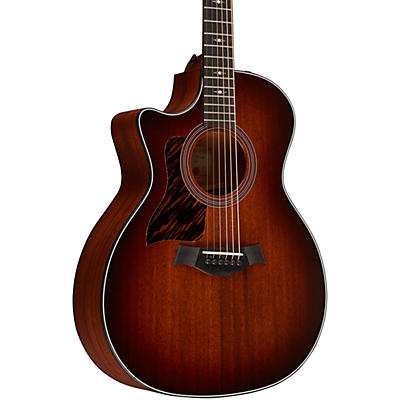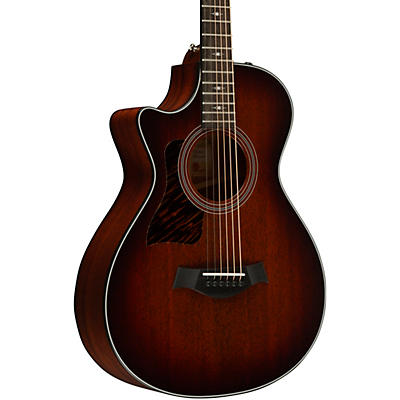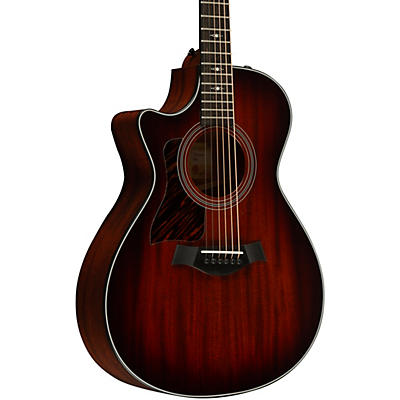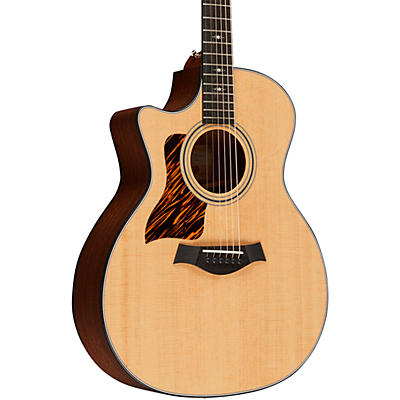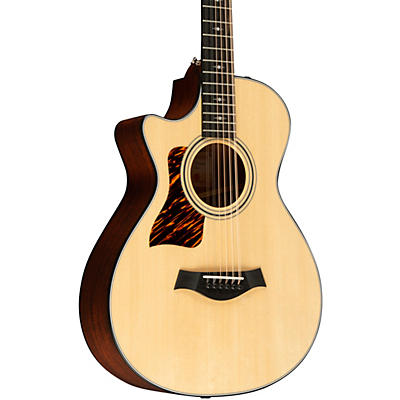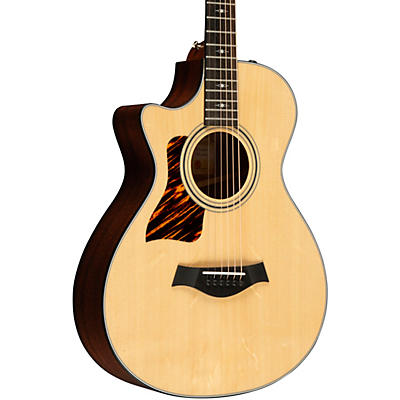In the 1960s, Paul McCartney had to purchase right handed acoustic guitars, flip them over and restring them to play them left handed. When Paul was able to find left handed guitars, they were so scarcely produced that quality was often a concern. This is thankfully something that has changed with time. Modern companies now build a wide variety of acoustic guitars with left handed players in mind. When buying an acoustic guitar, there are a number of factors one should take into account. All guitars come in a variety of sizes; are you looking to jam at home on a large Dreadnought in your music room, or will you be on the road? This is certainly something to consider. Also, the shape of the body changes from guitar to guitar; if you're looking to make more use of upper frets, it's important to consider a cut-away design for easier access. Equally as important to the body is the neck of your guitar. It is imperative to choose an instrument that will be comfortable in your hand. Neck size generally relates directly to body size… the smaller the guitar, the smaller the neck. As well, acoustic necks are usually listed as 12-fret or 14-fret, not referring to total number of frets, but rather total number of frets that clear your guitar's body. Material also plays an important role. Different types of wood will produce different types of tone for your guitar. Most commonly guitar tops are made with Sitka spruce, though a wide variety of other options exist. As you would expect, the quality of the tone increases with the rarity of the wood used, so strike a balance that works for you. Modern troubadours such as Ben Howard and Dave King continue to breathe new life into the acoustic guitar as it continues to play an important role of our shared musical history. From bluegrass to rock, folk to heavy metal, this instrument has truly left its mark on the world.






































































































































